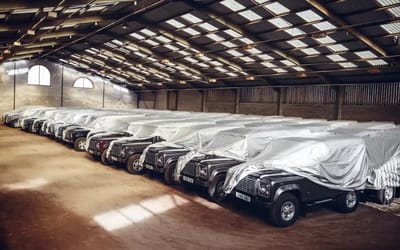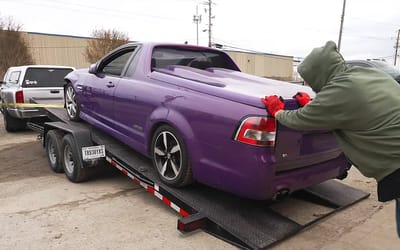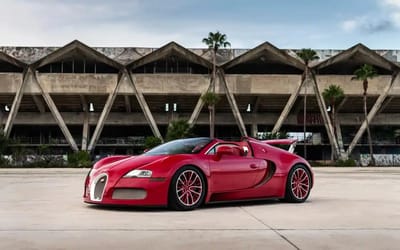What’s standing in the way of supersonic aircraft?
- Concorde took its final flight in 2003
- There has been no commercial supersonic flight since
- Several factors stand in the way of supersonic travel
Published on Aug 29, 2024 at 9:10 AM (UTC+4)
by Claire Reid
Last updated on Aug 29, 2024 at 2:17 PM (UTC+4)
Edited by
Alessandro Renesis
When the supersonic aircraft Concorde took its inaugural trip back in 1973, many believed it was the dawn of a new era of travel.
Traveling at around Mach 2.04 – or 2,179 km/h/1,354mph – Concorde was able to fly from New York to London in around three hours.
But fast forward to October 2023, and Concorde took its final commercial flight.
Since then no other airline has offered supersonic commercial flights – but why?
DISCOVER SBX CARS: The global premium car auction platform powered by Supercar Blondie
The sonic boom caused headaches for supersonic aircraft
We usually measure the speed of an aircraft in Mach – with Mach 1 being the speed of sound, around 1,236km/h or 768mph, according to NASA.
When an aircraft exceeds the speed of sound it creates a sonic boom. And these sonic booms can be pretty loud on the ground, even if the plane is flying at a high altitude.
In fact, the noise was considered so loud that several countries banned supersonic flights over land, including the US, with the Federal Aviation Administration saying it made the decision ‘based on the expectation that such flights would cause a sonic boom to reach the ground’.
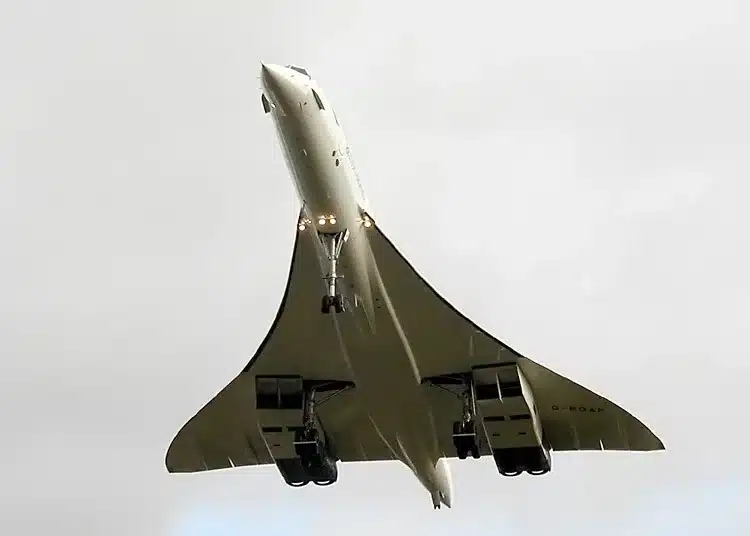
However, NASA is working on a solution to the noise problem with its supersonic aircraft known as the X-59.
“NASA’s X-59 is designed to fly faster than sound, but with drastically reduced noise – people below would hear sonic ‘thumps’ rather than booms, if they hear anything at all,” the US space agency said.
Thundering sonic booms aren’t the only reason we don’t see commercial supersonic flights, though.
Changes in attitudes towards sustainability also played a part
A change in attitude toward climate change, environmental issues, and fuel consumption also plays a part.
Even during its peak of popularity, Concorde had its detractors – the flights burnt through four times the amount of fuel of a Boeing 747 and carried just 100 passengers, compared to up to 500 on the Boeing.
At a time when most companies are looking at ways to be more environmentally friendly, supersonic flight could be a huge turn-off.
“Unfortunately for supersonic travel, our awareness of environmental issues has changed hugely since Concorde took its last flight in 2003,” Rhys Jones from headforpoints.com told The Independent.
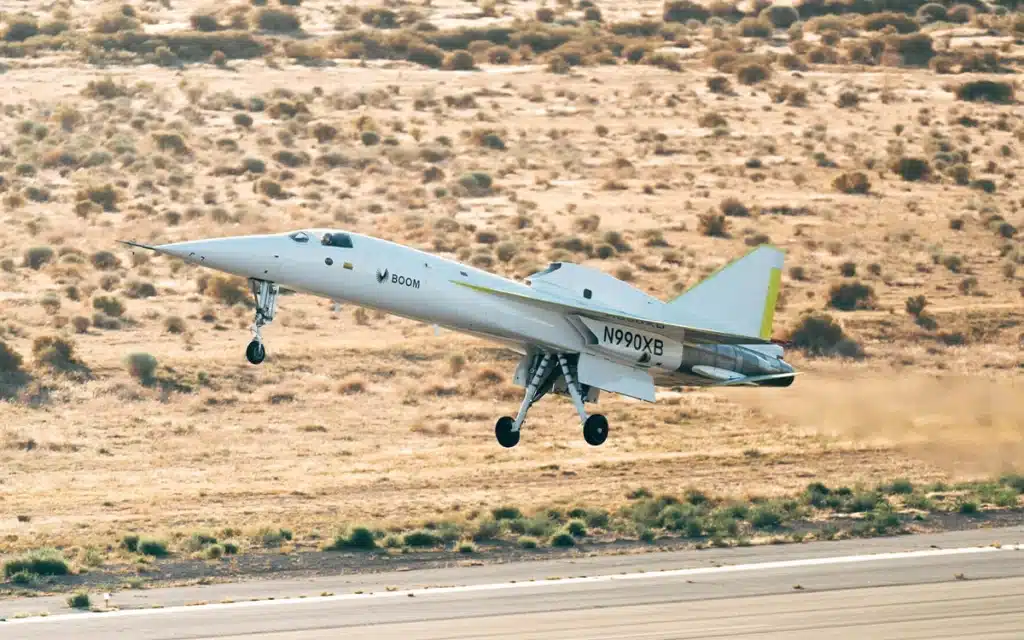
“Airlines are doing everything they can to use less fuel, with many committing to net zero by 2050.”
Jones suggests this will make it difficult for any companies hoping to revive supersonic commercial travel, as they will be met with criticism if their planes aren’t as efficient as ‘per passenger-mile as existing aircraft’.
But there are still supersonic planes being developed
Nonetheless, there are some companies hoping to bring supersonic flights back in a more sustainable – and quieter – way than before.
“We’re definitely ready to write a new chapter in the history of supersonic flight, making air travel over land twice as fast, but in a way that is safe, sustainable, and so much quieter than before,” said NASA’s Peter Coen.
While Denver-based Boom Supersonic is currently working on a plane that will fly at Mach 1.7 – around one-sixth slower than Concorde but still twice the speed of conventional planes.
Watch this space.

Claire Reid is a journalist who hails from the UK but is now living in New Zealand. She began her career after graduating with a degree in Journalism from Liverpool John Moore’s University and has more than a decade of experience, writing for both local newspapers and national news sites. Across her career she's covered a wide variety of topics, including celebrity, cryptocurrency, politics, true crime and just about everything in between.
